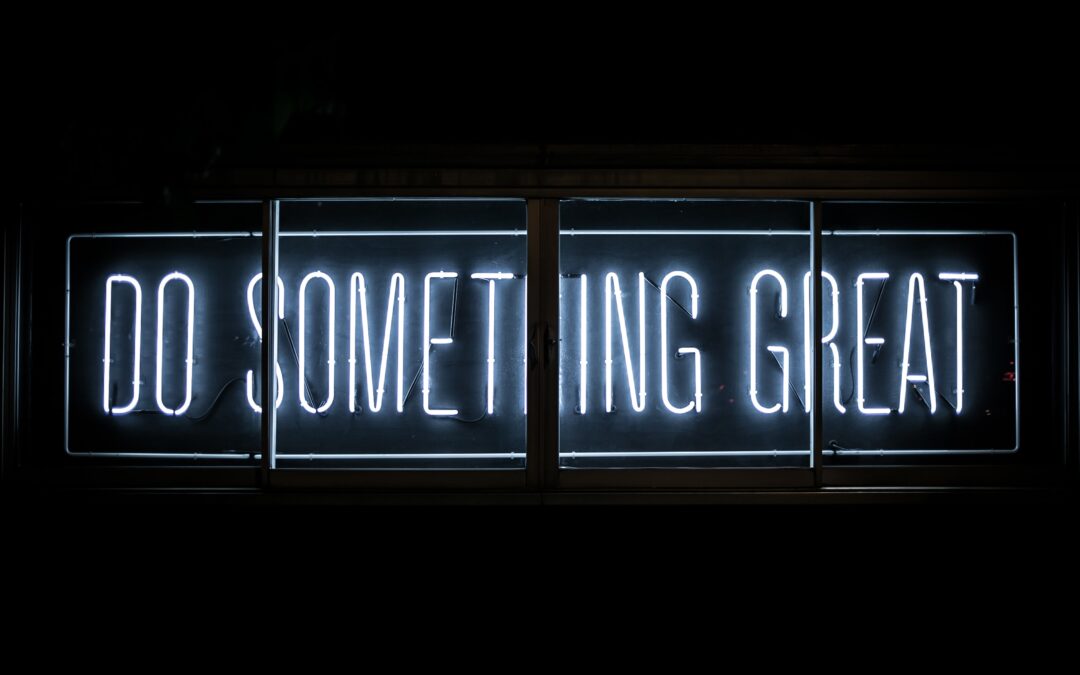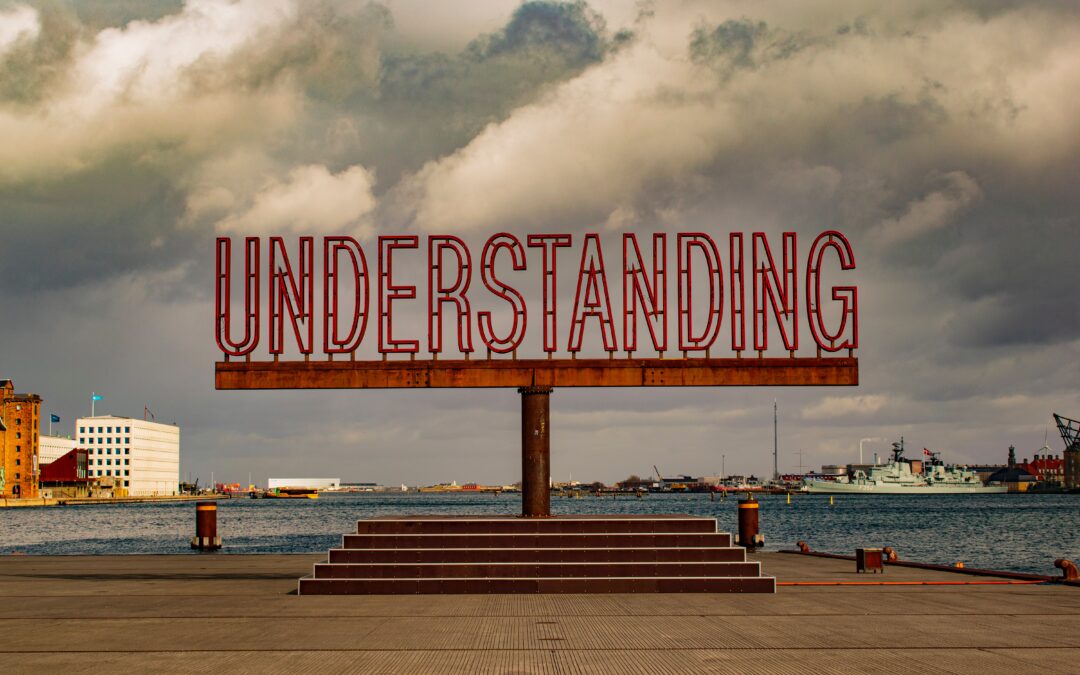“I’d like to improve my relationship with my boss,” said Kayla in her executive coaching session. Kayla is the Director of Services at her bank. I’d said, “Think of a personal or professional relationship you’d like to improve, and we’ll either figure out how to resolve a problem that’s getting in the way or come up with next steps.”
Amy: “So tell me what’s going on.”
Kayla: “I don’t know what to do about my boss, Linda. I had a great relationship with my old boss at my previous bank. We had a great connection and she had high standards, but I always knew where I stood with her.”
Amy: “Sounds like you had a solid relationship. [She nodded.] What prompted you to leave that bank, then?”
Kayla: “There was no room for me to advance – I had to move on.”
Amy: “Must’ve been a tough decision to leave such a great boss.”
Kayla: “It was. Just recently, Linda told me I was being argumentative in a meeting with a vendor, but I was just asking questions to get a better understanding. Later on, she told me it wasn’t my place to speak, I shouldn’t have even been invited to the meeting. She should have been straight with me in the first place. She should have my back, like my old boss did.”
Amy: “How did that situation impact you?”
Kayla: “I felt invisible, like I don’t matter.”
Amy: “Feelings like that are legit. Our feelings can indicate a problem to solve. Question for you: Is there any chance you’re holding up that old relationship as a standard for this new relationship?”
Kayla, “I hadn’t thought of that.”
Amy: “I get that you appreciate your old boss. Ok, just so I know, is there anything you like about Linda?
Kayla, “Yes, she doesn’t micromanage me.”
Amy: “That’s cool. Because she’s not involved in your day-to-day, that may indicate she doesn’t know you well yet.”
Kayla: “That’s true.”
Amy: “So what do you need?”
Kayla: “I need her to have my back.”
Amy: “I get that. I also know you can’t change her, but you can change you. First, though, it’s important to care for you.”
Context
So often we think the other person has to change in order for our circumstances to get better, especially with a person in a position of power. We tend to think power is top-down and comes from the outside. But cultural intelligence empowers people from the bottom-up and comes from the inside of each of us. With cultural intelligence – what enables you to accept a person as they are and communicate with genuine respect for their circumstances — you can find words to care for both them and you.
You can’t genuinely care for another until you’ve first cared for yourself. These four steps help get you in the right mindset to care for you so you have the bandwidth to care for others.
Back to the story
Amy: “When you feel angst, you can slow down, take a breath and work through these four steps…
- Acknowledge your emotion(s). Being made to feel invisible hurts a soul. It takes courage to slow down, feel your feelings and hold them tenderly as you would a puppy. Acknowledging allows you to…
- Accept your hurt as part of your reality. You might ask, “What can this hurt be pointing to? Is there something I can learn here?” If we don’t accept both the heartbreak and beauty of our lives, resistance, defensiveness and denial set in. That’s what cuts us off from experiencing our own and others’ humanity. That’s also what cuts us off from being our authentic selves and genuinely getting to know others. Acceptance is what allows you to…
- Appreciate your courage. It takes courage not to react in anger but rather to respond – in your time and in your way. Take the time and space you need to move out of trash-compactor brain and soften your gaze with genuine appreciation of yourself, your heartbreak and the beauty of your humanity. As time and space open up, you see opportunities for compassion and collaboration that weren’t apparent before. Appreciation is what allows you to…
- Act from a place of compassion. That can take a minute, an hour or a week to find. It’s helpful to know that love is more of an action than a feeling.
“To act with compassion for your circumstances, you can ask and answer these two questions…
- ‘What do I need to care for me during this tender time?’
- ‘What is mine to do in this situation?’”
Kayla: “That perspective helps.… I need to connect with her. When she, another manager and I have gone out for drinks after work, we’ve had a good rapport. But there wasn’t a deeper connection I’m longing for. I need her to really know me.”
Amy: “Based on that legitimate need, what can you do to create deeper connection?”
Kayla: “I know that, if you want someone to do something for you, it can help to do it first. Ah, there’s my opportunity: I can initiate more regular meetings with Linda so she knows more about what I do. I can share what’s on my mind. Then I can learn more about what she needs.”
Amy: “That’s it. By creating a regular flow of meaningful conversation, you’re creating a win-win scenario for both of you. Closing that communication gap with compassion is you managing up with cultural intelligence. May I suggest a way to use that time during your regular meetings?”
Kayla: “Absolutely.”
Amy: “If your boss hasn’t already provided a structure for your weekly meetings, here are three questions you can use to share your accomplishments, your goals and your ideas for support. You can actually use this line of questioning to manage up and down. For your boss, Linda, share the three questions and your answers…
- What have you accomplished?
- So what are you working on/toward now?
- Now what can I do to support you?”
What happened
A week later, I emailed Kayla to ask her how it’s going. She said, “Linda and I had lunch on Tuesday, and we talked about this. That was the first time we’ve connected one-to-one in person in quite some time. It went really well. I’m happy with the direction we’re headed.”
With cultural intelligence, you begin to see problems as opportunities. You recognize that, yes, these steps take time, effort and intentionality, but good things can happen in this process. Kayla did have to slow down, honor her feelings and needs and muster the courage to discover more compassion for herself. But that’s what ultimately gave her the bandwidth and power to create a win-win for herself and her boss. – Amy Narishkin, PhD
Are there people in your family, friend group or network who would find help in reading Kayla’s story? If yes, please share this blog with them.
- Photo by Christina @ wocintechchat.com










